When you adventure into the Amazon, down the world’s second longest river, one of the most memorable parts of your experience will be the exotic wildlife that you see along the way. Your local guides will be able to take you to the best places for catching a glimpse of some amazing creatures and will factor morning, noon and night spotting sessions into your itinerary.
Here are just a few of the creatures you might be lucky enough to spy on an Amazon River cruise.
Jaguars
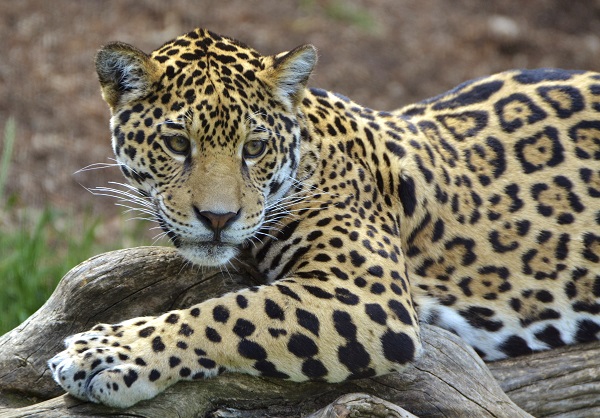
There are more than 400 species of mammal that live within the Amazonian habitat and one of the rarest of these is the jaguar. Despite having a conservation status of near threatened, jaguar sightings along the river are not uncommon. The dense rainforest gives then great cover when looking for prey and the river provides a welcome source of water.
During your river cruise, the place where you are most likely to see a jaguar is around the Anavilhanas Archipelago. The Terra Firme rainforest on these river islands is the perfect environment for jaguars to live in. If you are really lucky, you may even see a black jaguar. These rare creatures make up just 6% of the entire species.
Pink River Dolphins
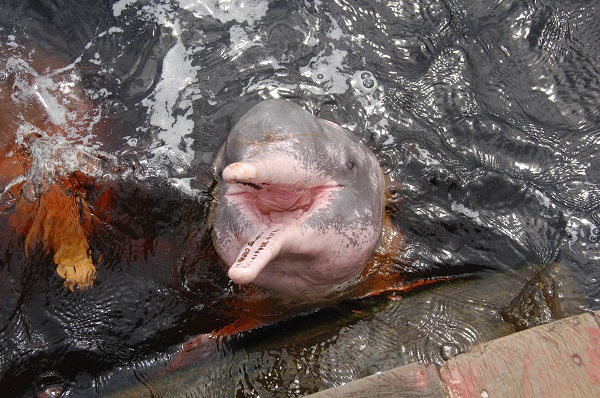
There are three species of freshwater dolphin in the world, with the Amazonian pink river dolphin being the largest. Fully-grown adults have been known to reach lengths of over eight feet. Unlike the marine dolphins that we know and love, this species doesn’t have fused bones in its neck and can therefore move its head from side to side independent of its body.
Pink river dolphins, also known as boto to the locals, are mostly found in areas of black water, like the Rio Negro, and parts of the Amazon that feature flooded forests, such as the Anavilhanas Archipelago. One local legend says that making eye contact with these creatures will result in nightmares, whilst another states that if you make peace with a pink river dolphin you will then be able to spot the much rarer Amazonian manatee.
Primates
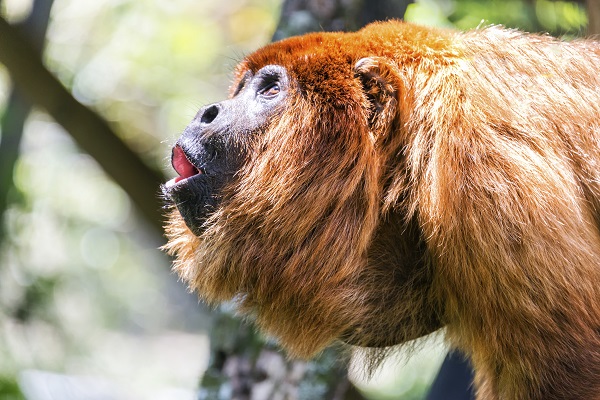
If you don’t get to see any of the primate species that live along the Amazon River, you will undoubtedly get to hear them. The unmistakable mating call of the howler monkey will pierce the skies, whilst spider monkeys can also be seen clambering through the tree-tops. There are so many species of primate living in this part of the world that new ones are constantly being discovered. In 2014, five new types of sakis (flying monkeys) were added to the growing list.
Unlike the monkeys in places such as Africa and Asia, the primates in the Amazon all have a prehensile tail. This helps them navigate through the dense trees by grasping to each branch as they go. Other types that you may spot during you river cruise include marmosets, squirrel monkeys, capuchins and tamarins.
Birdlife
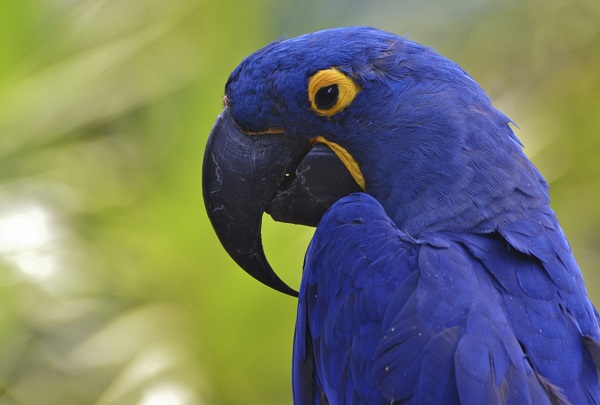
Whilst you are looking skywards in the search for monkeys, you may also be able to spot some of the 1,300 species of birdlife that add a dash of colour to the region. From tiny hummingbirds to proud eagles, there is so much happening in the skies and treetops along the river.
One of the most endangered species you may spot is the hyacinth macaw. Numbers of these beautiful parrots are dropping due to deforestation and people capturing them and selling them as pets. Other vibrant birds to look out for include toucans, hoatzins and ibis.
Black Caiman
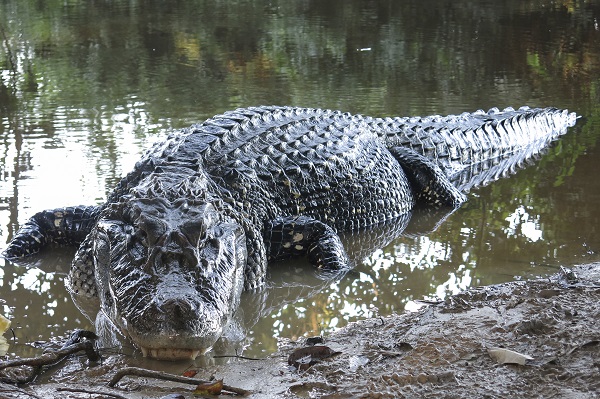
The black caiman is the Amazon’s largest predator and can reach up to six metres in length – longer than most other crocodilians. Although it has been known for anacondas and jaguars to prey on juvenile black caimans, they have no natural predators once they get to adult age and size. They maintain a pivotal position at the top of the food chain; keeping the rest of the ecosystem in check.
Caimans usually live along the slow moving parts of the river and where the forest floors are flooded by rising water levels. You will need a keen eye to spot these masters of camouflage as they lie motionless on the water’s surface, but your guide is sure to help with any sightings.
We have a great selection of Amazon River cruises available with Amazon Nature Tours. These adventures are a great way to see the fantastic sights and sounds in this part of the world, including the wildlife mentioned above.










